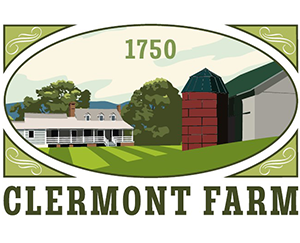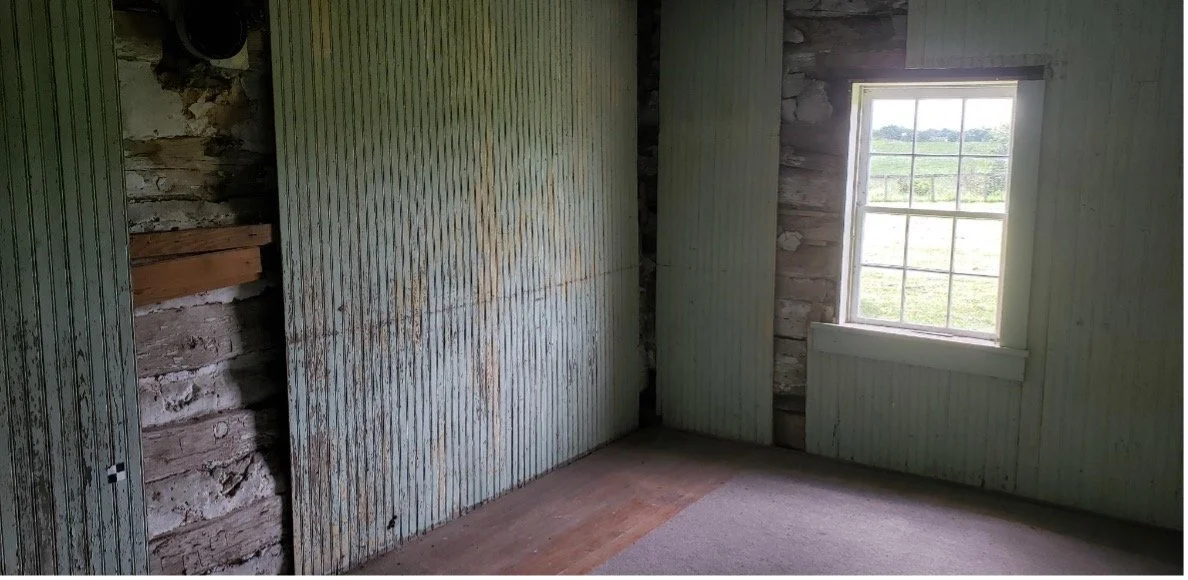Two Children, Enslaved
(“1743/44”-1751 court date)
Adjudged for their age, as with livestock
On September 24, 1751, Thomas Wadlington, a 36-year-old landowner, planter, and mill owner, appeared in the Fairfax County, Virginia, Courthouse with two young black enslaved children. He needed to establish an officially recognized age for the young boy and girl, for taxation and resale purposes.
In Virginia in the 18th century, taxes to pay state, county, and parish expenses were in the form of a fixed “tithe” (the amount varied per county) paid on the head of every “tithable” in the county. All men, free and slave, were “tithables” above the age of sixteen, as were negro, mulatto, and Indian women, but not white women. The county court or parish vestry could excuse an individual from being tithable, such as an aged slave unable to work. Each resident of a county had to provide a sworn statement as to the number of tithables he was responsible for. People who were enslaved rarely came with documentation as to age, so officially determining an age was important to the slave owner in determining his taxes.
In terms of the later resale of any particular enslaved person, as with selling livestock, where the price depended in part on age and expected productive life, buyer and seller often had to resort to an independent third party to agree on actual age. County courts provided this service regarding human beings. In the case of the two children owned by Wadlington, the judge’s hammer came down, on the advice of the examiner, on “the boy to be eight years old and the girl to be seven years old.”
We don’t know how many enslaved people Thomas Wadlington had at Clermont, but we do know that, after selling Clermont in 1770 and buying a larger plantation in South Carolina, he died seven years later (1777). In his will, he listed his enslaved property: “with Ten negro slaves named as followeth that is – Robbin, Luce, Will, Dick, Ben, Bets, young Will, young Bob, Harrey, and George”.
The little boy who stood and was physically examined in the Fairfax County Courthouse in 1751 would now be 34 years old, and the little girl who had stood beside him would be 33. There is a strong chance that each of them stood in 1777 behind one of the names on this list.
A room in a 19th-century log duplex slave cabin at Clermont.

